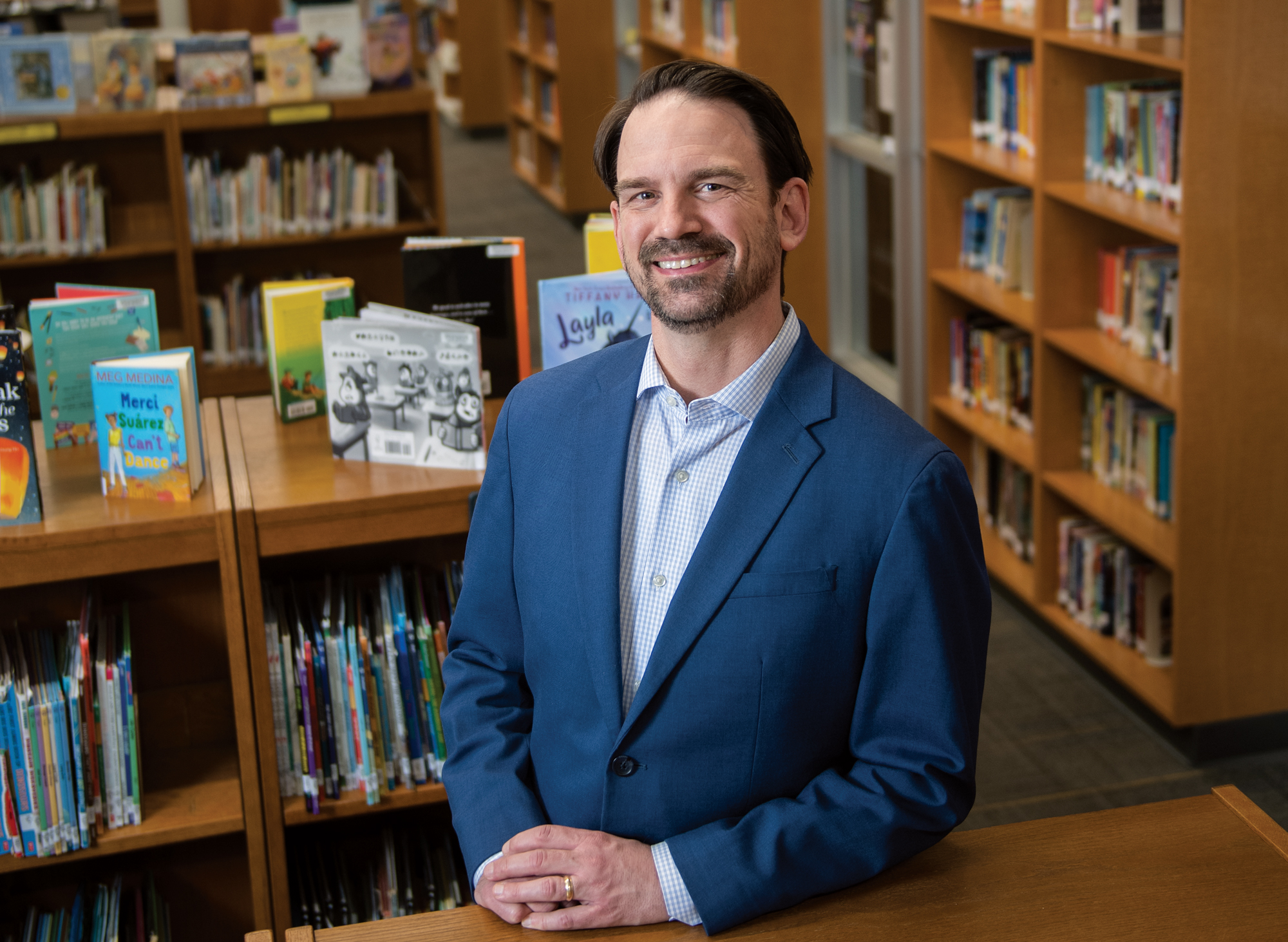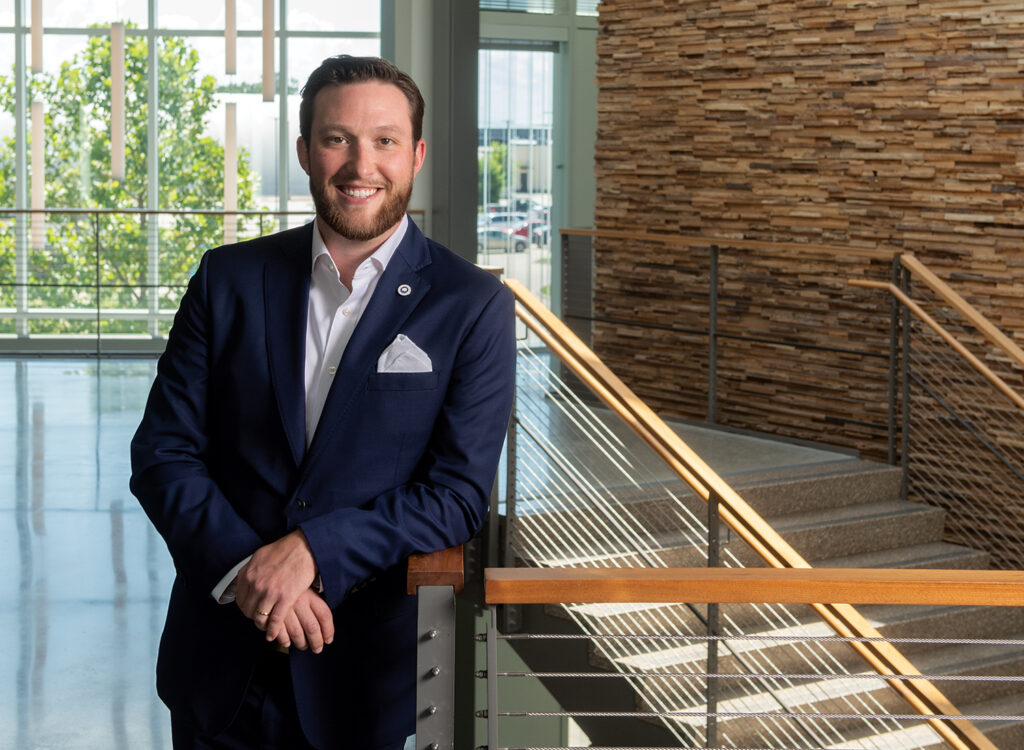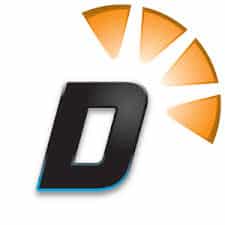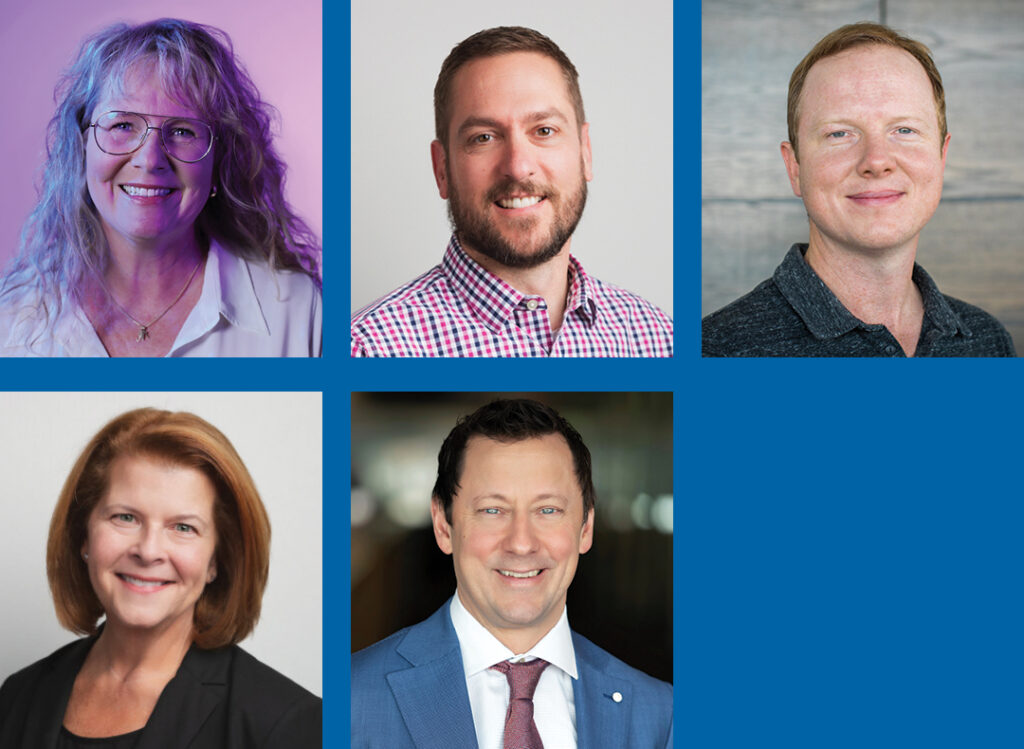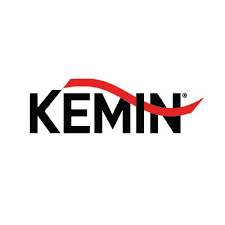Training Tech Teachers
As school districts seek computer science training for educators, new options emerge
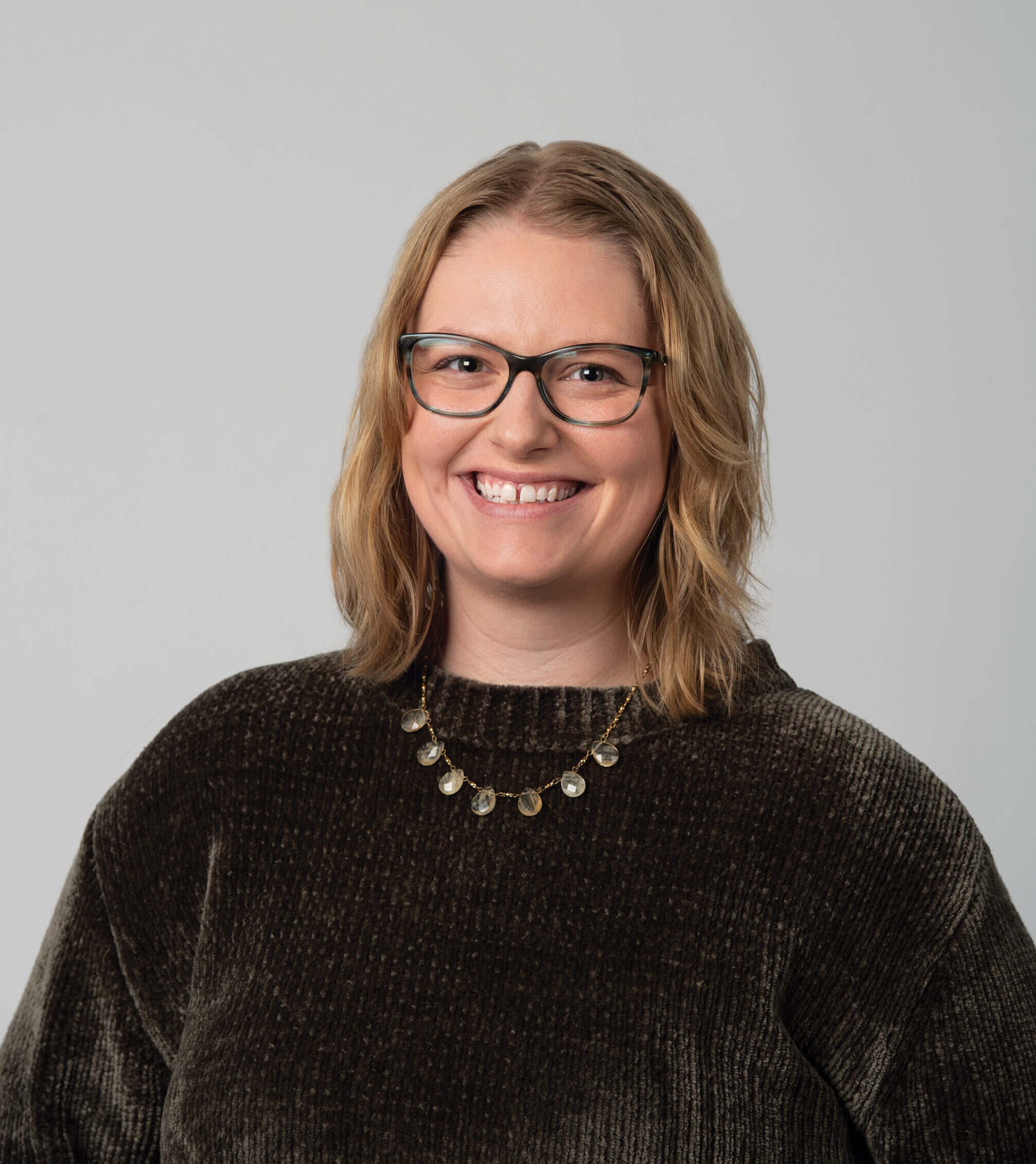
By the time Iowa students return from summer break in fall 2023, all K-12 schools in Iowa will offer some computer science instruction as a result of a law passed by the Iowa Legislature in 2020.
In 2022, the Iowa Department of Education published Iowa’s K-12 Computer Science Plan, providing an outline for enhancing computer science education through 2026.
The plan includes high-level steps to addressing the workforce training side of the state’s computer science education effort.
The department of education has established grant opportunities like tuition reimbursement for teachers seeking computer science endorsements, and higher education institutions are rolling out training opportunities.
Iowa does not currently require a computer science endorsement to teach courses in the field, but the law has contributed to school districts’ interest in training teachers, said Justin Lewis, computer science and information solutions consultant, speaking on behalf of the Iowa Department of Education. This has led to increased grant requests and demand for relevant funding opportunities.
There are currently 336 individually licensed teachers in Iowa with a computer science endorsement on their teaching license, according to the Iowa Board of Educational Examiners.
Among the state’s four-year higher education institutions, five have a computer science endorsement program for grades 5-12; three offer a program for grades K-8.
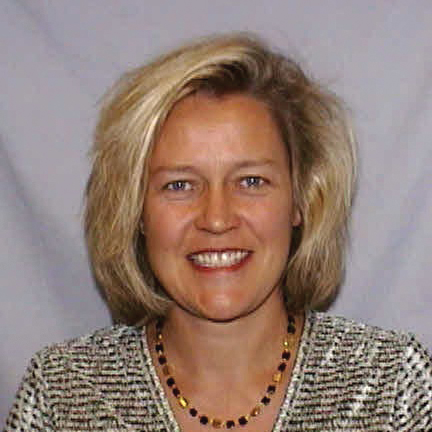
Drake University has offered classes needed for the computer science endorsement each summer since 2021, which appeals to teachers. Endorsement seekers can complete all their courses at Drake, but the university sees many teachers bringing in one or more courses done at other institutions, associate professor of mathematics Maryann Huey said.
The University of Northern Iowa announced in December it had received a grant from the National Science Foundation to fund two cohorts of the CSEd@UNI program. The program began in 2018 with a cohort of educators located near the university, but UNI is testing it as a statewide initiative with support from Iowa’s Area Education Agencies.
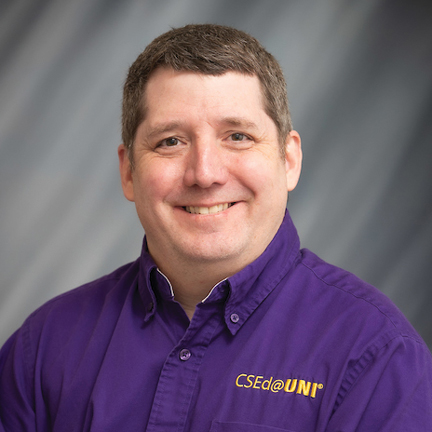
Full scholarships will be available for up to 290 teachers across the two cohorts and more may be able to participate through partial scholarships or reduced tuition, Ben Schafer, the program’s coordinator, said in an email. Schafer said UNI is treating the next two cohorts as a pilot in hopes of developing CSEd@UNI into a self-sustaining program.
Schafer, Huey and Ryan Wise, dean of Drake’s School of Education, shared more in emailed responses. Huey and Wise collaborated on Drake’s responses.
What workforce and education needs for computer science or STEM educators has your institution observed?
Schafer: Computers continue to change the way the workforce operates. Some jobs are being replaced and others are changing significantly as the role of the computer in performing that job increases. Education and workforce development needs to continue to adapt to make sure that students understand how computers operate, their strengths, their limitations, and their impact on society. Not every student needs to become a proficient programmer, but most students will interact with computers every day and they need to be properly trained, not only in how to use the computer, but on how to understand the computer.
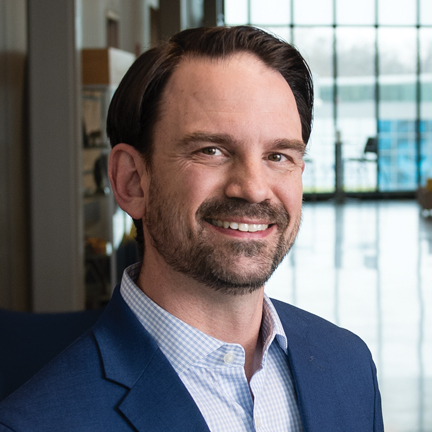
Wise: From professor Eric Manley’s interactions with Iowa employers as well as students in Drake’s computer science and data analytics programs at both the graduate and undergraduate levels, there has consistently been a significant unmet need for software development skills in the last decade. In the past five years or so, there has also been growing demand for data-focused computational skills in a variety of categories including data engineering and analytics/intelligence roles. From the teachers enrolled in Manley’s courses, he senses that administrators are encouraging teachers to increase their computer science skills so that schools can offer more K-12 computational content without specifying a type of job or career. Manley views this as appropriate because a general introduction to computation and technology is important for all students in order to understand the world we live in. He thinks that teachers want and need the ability to provide a general technology education to their students in addition to preparing them for possible technology careers.
How is your institution partnering with Iowa’s Area Education Agencies? What is the role of these partnerships in supporting teacher’s computer science training?
Schafer: We believe that one of the key strengths of our program is our emphasis on encouraging in-service teachers to collaborate and communicate throughout our endorsement program. Many of these teachers are relatively new to computer science and are still gaining their footing and understanding the discipline and their place within it. Peer collaborations reduce the frequency and severity of imposter syndrome and provide educators with a much-needed support network.
Unfortunately, it is difficult to develop a high-quality “community of practice” when peer collaboration is limited to online interactions. And the wide geographical dispersal of the participants in our program makes it difficult to schedule and support local communities of practice among teachers. This is where the partnership with Iowa’s nine Area Education Agencies comes into play.
The AEAs in Iowa are an incredible asset to education. The staff in the AEAs get a chance to understand the educators and school districts in their area. They frequently know the teachers by name and they understand the socioeconomic impacts affecting those teachers’ students. By partnering with the AEAs in the state we can schedule localized community or practice sessions. Most teachers in Iowa live within one hour of their local AEA. Thus, access to their peers and support can be held at a local level and by facilitators (AEA educators) who will be significant avenues of support after completion of the program.
Wise: In the previous two years we partnered with Prairie Lakes AEA, which was awarded yearlong grants from the Iowa Department of Education. These grants allowed Drake to provide endorsement courses for teachers and professional development for elementary teachers related to computer science at no cost to them.
Is there a need for additional opportunities for teachers to receive their computer science endorsement?
Schafer: Because of [the state law], the need for computer science teachers in Iowa has grown rapidly. Most computer science teachers in Iowa originally come from some other discipline and get their start by receiving short-length, intense professional development on a particular curriculum and then largely teaching “by the book” for their first couple of offerings of the courses they offer. This is a very effective way to get started, but probably is insufficient in the long term. At some point, teachers who are teaching computer science are going to want/need to become more classically trained in computer science so that they can adapt and teach beyond what is directly in their classroom curriculum. They need to be able to know how to respond when students ask questions. They need to understand enough about the big picture to be able to know what to look for when helping students explore ideas new to both of them. This requires more formal training, which the endorsement will provide.
Wise: Yes. There is a shortage of computer science professors in general throughout the nation. So offering classes during the academic year for teachers specifically is difficult to operationalize. Teachers can take classes during the school year, but they would be with computer science majors, who are primarily preparing for careers in industry. Often, these courses are offered face-to-face and during the day, which causes barriers for in-service teachers. Ideally, teachers would take classes that are scheduled around their needs and consider how to make them effective computer science teachers. Paid time off from current teaching duties to pursue the computer science endorsement would be another optimal option, since most teachers could complete the needed coursework in one semester.
What do you see as the biggest need in computer science or STEM education facing Iowa in the near future?
Schafer: The understanding that computer science is about far more than developing new programmers (or replacing many other STEM disciplines here). We ask every high school graduate in Iowa to complete eight units, or four years, of English, and six units of mathematics, science and social studies. We do this not because we are trying to develop more professional writers or mathematicians, but because we consider that the majority of jobs across the workforce will need to use these skills. Computer science is very much a comparable skill. While we will need more professional programmers and network technicians, it is equally, if not more, important that the majority of students understand computers, their strengths and their limitations.
Wise: Computer science and STEM education in Iowa needs to equip students with the skills that are needed by employers not only now but also in the future. We also need to ensure that students from historically underrepresented backgrounds become part of the talent pipeline in these fields. Drake University is helping to lead this charge through the development of the digital proficiency platform, which is part of our comprehensive campaign. The digital proficiency platform will give graduates the technology and data skills employers expect and simultaneously increase the talent pipeline by preparing the teachers who encourage and teach those needed technology and computer science skills. Both state and federal support, through innovative grant programs, coupled with individual and corporate support can help make this a reality.
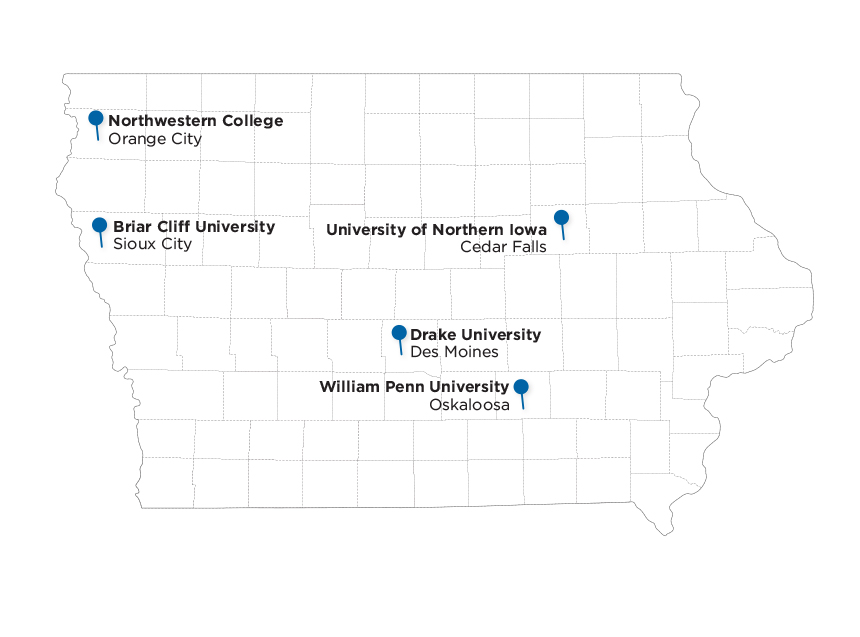
What is included in Iowa’s K-12 Computer Science State Plan?
In July 2022, the Iowa Department of Education published Iowa’s first statewide K-12 Computer Science Plan, which was shaped by recommendations from a one-time Computer Science Work Group established in 2020.
Computer science professional development and training are identified in the report as priorities for Iowa’s future computer science education for both current and incoming teachers. The plan says the Iowa Department of Education will “explore long term ideas … to improve preparatory pathways and licensures for computer science educators.”
Speaking on behalf of the department, Justin Lewis, computer science and information solutions consultant, said that opportunities through the department to increase access to training for incoming teachers “are still in research phases.”
Both Drake University and the University of Northern Iowa offer pathways for undergraduate education students to obtain an endorsement in computer science.
Additional areas of focus in the plan are:
Bridging gaps for students lacking a strong minimum level of computer science education.
Promoting computer science outreach and promotion.
Ensuring continual modernization of K-12 computer science education.
The full report is available at www.educateiowa.gov/documents/computer-science-state-plan.

Sarah Diehn
Sarah Diehn is editor at Business Record. She covers innovation and entrepreneurship, manufacturing, insurance, and energy.

